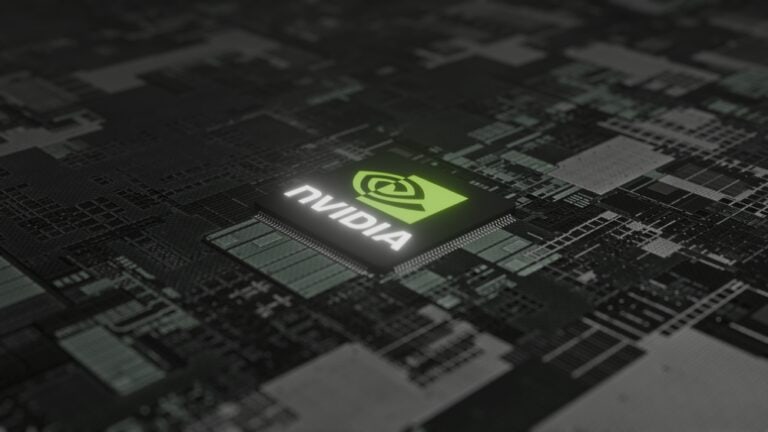Nvidia announced the launch of microservices that allow AI developers to build generative AI applications that can store and retrieve data in multiple languages. This makes it easier to break down language barriers.
To make data processing for generative AI in different languages more accurate, Nvidia is introducing multilingual capabilities using Nvidia NeMo Retriever. This software can understand and convert data into text in different languages and formats. This enables context-aware results.
With NeMo Retriever, developers can build pipelines to collect and retrieve information for AI models. This includes extracting structured and unstructured data from text, documents, tables and similar sources. The model avoids duplicates by converting information into a language understood by AI and storing it in a vector database using embeddings.
Mathematical representations
Embeddings are complex mathematical representations that capture properties and relationships between words, phrases and other types of data. For example, they can be used to understand the “closeness” in meaning between words or phrases, such as between “cat” and “dog,” both of which are pets. On the other hand, “toaster” and “dog” are less related, although both are common in homes.
According to Kari Briski, vice president of generative AI software at Nvidia, using Retriever to embed and retrieve data in the original language increases accuracy. In an interview with SiliconANGLE, Briski noted that the majority of AI training data is available in English, which often leads to a “lost in translation” effect in translations.
“Accuracy is key. And most open data in the world is in English, which is the reason for the drive toward sovereign AI,” Briski said. “Empowering other languages by supporting data and retrievers in their natural language will improve accuracy.”
When Retriever was first released, customers were quick to ask for multilingual support because of the lost accuracy when using translation software. Companies don’t work in just one language. They may use English documents, German tests, Japanese research reports or Russian texts. When such information is run through multiple translation tools, accuracy drops further and further.
Check for relevance
In addition to data collection, NeMo Retriever can evaluate and re-rank results to ensure that answers are correct. When a query is sent through the Retriever, it examines the vector database and ranks responses for relevance, adding another layer of accuracy.
Nvidia has partnered with DataStax to use NeMo Retriever to vectorize content from Wikipedia. Nvidia’s technology and specialized software enabled the company to vectorize 10 million data items into AI-enabled formats. This succeeded in less than three days, while this process normally takes 30 days.
Nvidia’s other partners, including Cohesity, Cloudera, SAP SE and VAST Data, are already integrating support for these new microservices. This is to support large multilingual data sources. This includes techniques such as retrieval-augmented generation (RAG), which allows pre-trained generative AI to leverage real-time data sources for richer and more relevant information.]
Currently, NeMo Retriever for multilingual applications only works for text retrieval and responses. Briski reported that. “We are working on things like multimodal data, including images, PDFs and videos for the future,” she added. “Right now, we’re focusing on text. If you master text well, then you can transfer and do excellent work with other modalities.”
Read more: Official investigation into possible monopoly Nvidia
